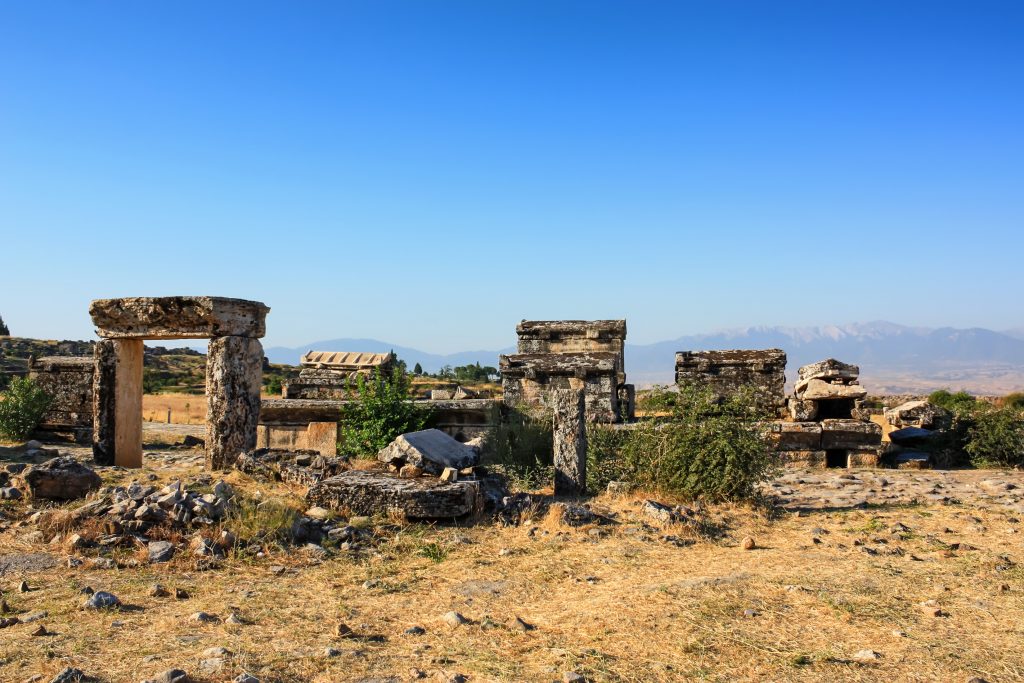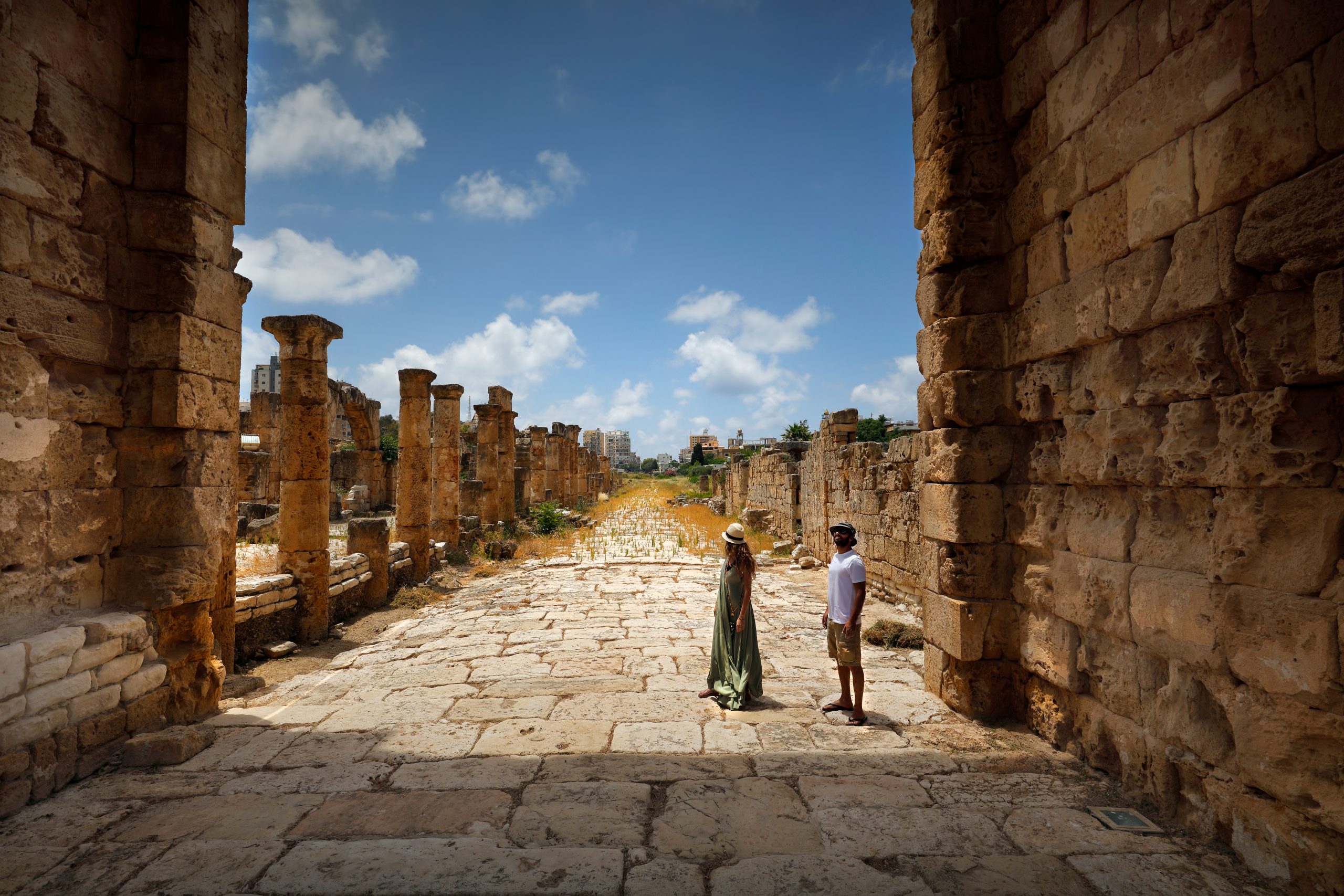The Kingdom of Lydia, nestled in the western part of Asia Minor (modern-day Turkey), stands as a significant epoch in ancient history. Flourishing from the 7th to the 6th centuries BC, Lydia was renowned for its wealth, cultural achievements, and pioneering contributions to civilization.
Lydia’s rise was in part due to its advantageous geographic position. The region was rich in natural resources, particularly gold and silver, which were abundant in the Pactolus River. This wealth of resources provided the economic foundation for Lydia’s growth. The kingdom’s capital, Sardis, was strategically located at the crossroads of important trade routes, linking the Aegean coast with the interior of Anatolia and further east to the Persian Empire. This position made Sardis a key commercial and cultural hub.
The early history of Lydia is shrouded in legend, with its kings claiming descent from the mythical figure Hercules (Heracles). The first historically verified dynasty was the Heraclids, who ruled Lydia for over 500 years before being overthrown by the Mermnad dynasty in the 7th century BC.
Gyges, the founder of the Mermnad dynasty, played a crucial role in Lydia’s rise. Ascending the throne around 687 BC, Gyges expanded Lydia’s territory through military conquests and diplomatic alliances. He seized control of key Greek coastal cities, integrating them into the Lydian realm and thereby boosting trade and cultural exchange.

One of the most significant milestones in Lydia’s rise was its introduction of coinage. Under the reign of King Alyattes (circa 610-560 BC), Lydia began minting the world’s first coins made from electrum, a natural alloy of gold and silver. These coins, stamped with the king’s seal, standardized trade and facilitated economic transactions, laying the groundwork for modern monetary systems.
The introduction of coinage not only revolutionized commerce within Lydia but also had far-reaching effects on the economies of neighboring regions. The Lydian innovation spread to the Greek city-states and eventually to the entire Mediterranean world, influencing the development of economic practices for centuries to come.
Lydia reached its zenith under King Croesus, who reigned from approximately 595 to 546 BC. Croesus is perhaps the most famous Lydian king, renowned for his immense wealth and patronage of the arts. His reign marked the height of Lydian power and cultural flourishing.
Croesus continued the policies of his predecessors, expanding Lydian influence through both conquest and diplomacy. He maintained and strengthened alliances with the Greek city-states, often hosting philosophers and statesmen at his court in Sardis. This period saw significant cultural exchanges between Lydia and Greece, with Lydia adopting aspects of Greek art and culture while also influencing Greek thought and mythology.
Despite its prosperity, Lydia’s golden age came to an end during the mid-6th century BC. This period marked the conclusion of Lydia’s dominance under King Croesus and its subsequent absorption into the Persian Empire.
Croesus, confident in his kingdom’s strength, decided to challenge the growing threat posed by Cyrus the Great of Persia. Influenced by an oracle’s ambiguous prophecy that if he crossed the Halys River, he would destroy a great empire, Croesus launched a preemptive strike against the Persians around 547 BC.
The initial confrontation, the Battle of Pteria, was indecisive, and Croesus retreated to Sardis to regroup. However, Cyrus pursued Croesus and laid siege to Sardis in the winter of 546 BC. The Lydian army, unprepared for a winter campaign, was overwhelmed by the Persian assault. The decisive Battle of Thymbra ended in a crushing defeat for the Lydians, and Sardis fell after a brief siege.
Croesus was captured and, according to some accounts, was spared by Cyrus and became an advisor in the Persian court. Lydia was absorbed into the Persian Empire and became a satrapy, or province. The administrative and cultural life of Lydia continued under Persian rule, but its political independence was lost.
The fall of Lydia marked the end of an independent kingdom but not the end of its influence. Lydia’s contributions to economic practices, particularly the innovation of coinage, had a lasting impact on the ancient world. The use of standardized coinage facilitated trade across the vast Persian Empire and beyond, shaping the economic landscape of the Mediterranean and Near East.
Culturally, the interactions between the Lydians, Greeks, and Persians led to a rich exchange of ideas, art, and traditions. The legacy of Lydia endured through these cultural exchanges, influencing subsequent civilizations.
The rise and fall of Lydia were marked by strategic geographic advantages, economic innovations, and significant cultural contributions. From the legendary reign of Gyges to the opulent court of Croesus, Lydia’s ascent left an indelible mark on the ancient world. Despite its eventual fall, Lydia’s legacy continues to be a testament to its historical significance and enduring influence on economic and cultural practices.














